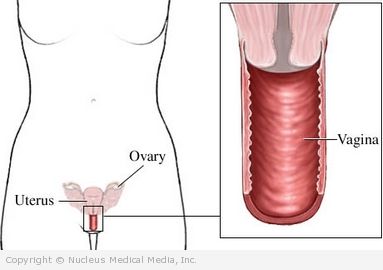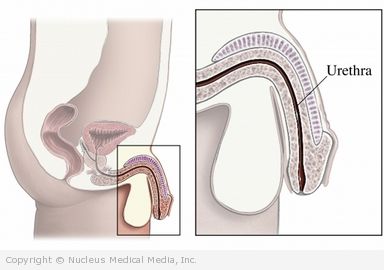Trichomoniasis – Definition
Trichomoniasis is a relatively common sexually-transmitted disease.
Trichomoniasis – Causes
Trichomoniasis is caused by a single-celled protozoan called Trichomonas vaginalis. It is transmitted through sex.
Trichomoniasis – Risk Factors
A risk factor is something that increases your chance of getting a disease or condition. Risk factors include:
- Sex: female
- Age: 16 to 35
- Many sexual partners
- Sex without a condom
- Smoking
Trichomoniasis – Symptoms
Trichomoniasis may cause no symptoms, especially in men. Symptoms may include:
In Women:
- A foul-smelling, greenish-yellow discharge from the vagina (often in large amounts)
- Irritation, itching, and/or soreness in the vulva, perineum, and (less often) the thighs
- In severe cases, inflammation of the vulva and perineum
- Red spots on the vaginal walls and surface of the cervix
- Pregnant women who are infected with trichomoniasis may have premature or low-birth weight babies
In Men:
- Discharge from the penis (usually in the morning)
- Itching and/or irritation in the urethra and (less often) the thighs
- Pain or discomfort when urinating
- Burning sensation after ejaculation
- Men may have no symptoms, or symptoms may disappear after several weeks — However, even without symptoms, an infected man may continue to infect his sexual partners.
Trichomoniasis – Diagnosis
The doctor will ask about your symptoms and medical history, and perform a physical exam. This may include the following:
In Women:
- Exam of vaginal walls and cervix
- Microscopic exam of vaginal fluid or discharge
- Pap smear or urine test may indicate Trichomonas, but are not deliberately used to diagnosis the infection
In Men:
- Microscopic exam of urethral discharge (collected prior to first void in the morning)
- Urine test
- Semen culture
Trichomoniasis – Treatment
Trichomoniasis is usually treated successfully with antibiotics. It is easily passed back and forth between sexual partners, so both should be treated, even if only one has symptoms.
The most common antibiotic used is metronidazole (Flagyl). The currently recommended treatment options are either a large single dose of oral metronidazole (2 grams), or a smaller dose (500 mg) taken twice daily for seven days. It is important that both partners are treated simultaneously. Failure to treat trichomoniasis can increase the risk of premature birth in pregnant women.
While you are on this medicine:
- Avoid sexual intercourse.
- Do not drink alcohol.
Trichomoniasis – Prevention
Measures to prevent trichomoniasis include:
- Using condoms during sexual intercourse
- Being monogamous or limiting the number of sexual partners
- Avoid smoking


